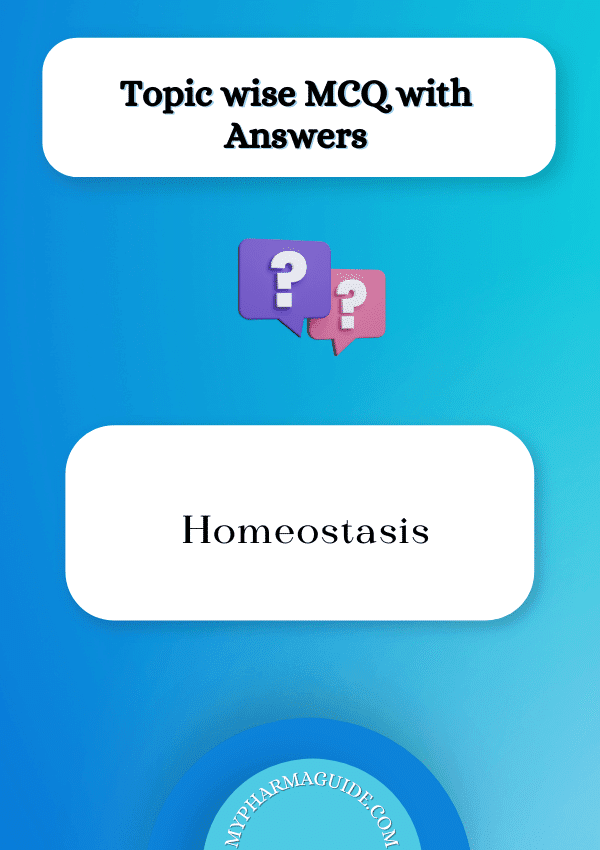Homeostasis
Homeostasis is the body’s automatic tendency to maintain a relatively constant internal environment in terms of temperature, cardiac output, ion concentrations, blood pH, hydration, dissolved CO2 concentration in blood, blood glucose concentration, concentrations of wastes, etc. This constancy of internal environment is maintained despite energy and molecules continuously entering and leaving the body. The values of these (and other) variables oscillate within a narrow range. The body is able to monitor these variables and uses negative feedback (almost exclusively) to raise the values if they get too low and to lower the values if they get too high. “Negative” feedback means that the body’s response opposes the stress. Thus the body is in a dynamic state of equilibrium because its internal conditions change and vary (oscillate) within relatively narrow limits. Receptors monitor changes in these physiological variables, that is, they receive a stimulus. This stimulus is transmitted via an afferent pathway to an integrating centre (e.g. the brain or a gland). The integrating centre compares the stimulus to the normal level of the variable – the “set point”. If a response is required, a message is sent via an efferent pathway to the effector organ. The effector produces a response that moves the value of the variable back towards the set point. The responses include altering the breathing or heart rate or blood pressure, vasoconstricting or vasodilating, eating, drinking and secreting.



Post a Comment
0 Comments